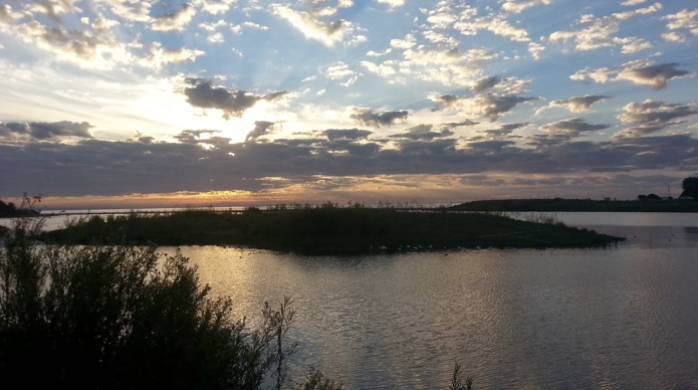(Abstract) The magnitude and extent of eutrophication was assessed at 27 segments in 23 estuaries in the Southern California Bight (SCB) between October 2008 and 2009. We applied thresholds from the existing assessment frameworks from both the European Union and the U.S. National Eutrophication Assessment to measurements of three indicators [macroalgae biomass and cover, phytoplankton biomass, and dissolved oxygen (DO) concentration] to categorize eutrophic condition in each estuary. Based on these frameworks, a large fraction of segments had moderate or worse eutrophic condition—78 % based on macroalgae, 39 % for phytoplankton, and 63 % for DO. Macroalgal biomass exceeding 70 g dw m−2 and 25 % cover was found at 52 % of sites during any sampling event and in 33 % of segments for 8 weeks or longer, a duration found to negatively impact benthic infauna. Duration of hypoxic events (DO < 4 mg L−1) was typically short, with most events less than one day; although 53 % of segments had at least one event longer than 24 h. Assessment frameworks of eutrophic condition are likely to evolve over time as the body of literature on eutrophication grows, including aspects such as the applicability of indicators in specific habitat types, indicator thresholds, and how event frequency and duration are incorporated. This paper informs this debate by discussing how eutrophic conditions in SCB estuaries are categorized using different indicators and thresholds. To this end, categorization of estuarine eutrophic condition was found to be very sensitive to the type of threshold, how data are integrated to represent duration or spatial extent, and how indicators are used as multiple lines of evidence.
A Regional Survey of the Extent and Magnitude of Eutrophication in Mediterranean Estuaries of Southern California, USA
